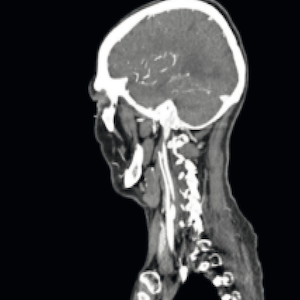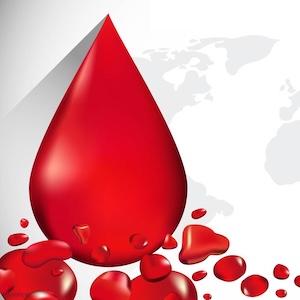Case Reports
Vol. 2 No. 3 (2023)
Importance of assessment of carotid plaques in the managementof acute ischemic stroke: floating intracarotid plaque

Publisher's note
All claims expressed in this article are solely those of the authors and do not necessarily represent those of their affiliated organizations, or those of the publisher, the editors and the reviewers. Any product that may be evaluated in this article or claim that may be made by its manufacturer is not guaranteed or endorsed by the publisher.
All claims expressed in this article are solely those of the authors and do not necessarily represent those of their affiliated organizations, or those of the publisher, the editors and the reviewers. Any product that may be evaluated in this article or claim that may be made by its manufacturer is not guaranteed or endorsed by the publisher.
Received: 10 April 2023
Accepted: 8 August 2023
Accepted: 8 August 2023
862
Views
251
Downloads
Similar Articles
- CO12 | Left internal carotid artery thrombosis in a patient with antiphospholipid antibody syndrome successfully treated with eculizumab , Bleeding, Thrombosis and Vascular Biology: Vol. 4 No. s1 (2025)
- Roger Lijnen, Désiré Collen, The key to fibrinolysis and thrombolysis , Bleeding, Thrombosis and Vascular Biology: Vol. 4 No. 3 (2025)
- CS01 | Elucidating the evil relationship of metabolic dysfunction–associated fatty liver disease with cardiovascular comorbidities: the complex interplay among hypercoagulability, inflammation and liver fibrosis , Bleeding, Thrombosis and Vascular Biology: Vol. 4 No. s1 (2025)
- Alice Lipari, Esmeralda Capristo, Antonietta Ferretti, Erica De Candia, Anticoagulation in obese patients: challenges and strategies , Bleeding, Thrombosis and Vascular Biology: Vol. 4 No. 3 (2025)
- PO85 | Acute retinal ischemia in hemoglobin SC disease: a case report and review of the literature , Bleeding, Thrombosis and Vascular Biology: Vol. 4 No. s1 (2025)
- CO49 | The burden of cerebral small vessel disease in ITTP patients from acute phase to remission , Bleeding, Thrombosis and Vascular Biology: Vol. 4 No. s1 (2025)
- Eleonora Petito, Anna Maria Mezzasoma, Emanuela Falcinelli, Chiara Conti, Erica De Candia, Raimondo De Cristofaro, Silvia Sorrentino, Gian Marco Podda, Mariangela Scavone, Anna Falanga, Marina Marchetti, Luca Barcella, Stefania Basili, Lucia Stefanini, Andrea Boccatonda, Laura Contino, Patrizia Sciancalepore, Igor Florio, Egidio Imbalzano, Rossella Marcucci, Angela Rogolino, Patrizia Noris, Marta Panella, Rita Santoro, Maria Costanza Turi, Gaetano Vaudo, Rosa Curcio, Paolo Gresele, Persistence of functional anti-PF4 antibodies and neutrophil activation in vaccine-induced immune thrombotic thrombocytopenia , Bleeding, Thrombosis and Vascular Biology: Vol. 4 No. 3 (2025)
- PO68 | Whole blood hypercoagulable profiles in a patient with markedly elevated lipoprotein(A) plasma levels and thrombotic complications: a case report , Bleeding, Thrombosis and Vascular Biology: Vol. 4 No. s1 (2025)
- PO31 | Comparative analysis of anticoagulant therapy in patients over 90 years old: vitamin K antagonists versus direct oral anticoagulants , Bleeding, Thrombosis and Vascular Biology: Vol. 4 No. s1 (2025)
- Ottavia Borghese, Claudio Vincenzoni, Commentary on “Preventive percutaneous coronary intervention versus optimal medical therapy alone for the treatment of vulnerable atherosclerotic coronary plaques (PREVENT): a multicenter, open-label, randomized controlled trial” , Bleeding, Thrombosis and Vascular Biology: Vol. 3 No. 2 (2024)
1-10 of 146
Next
You may also start an advanced similarity search for this article.










